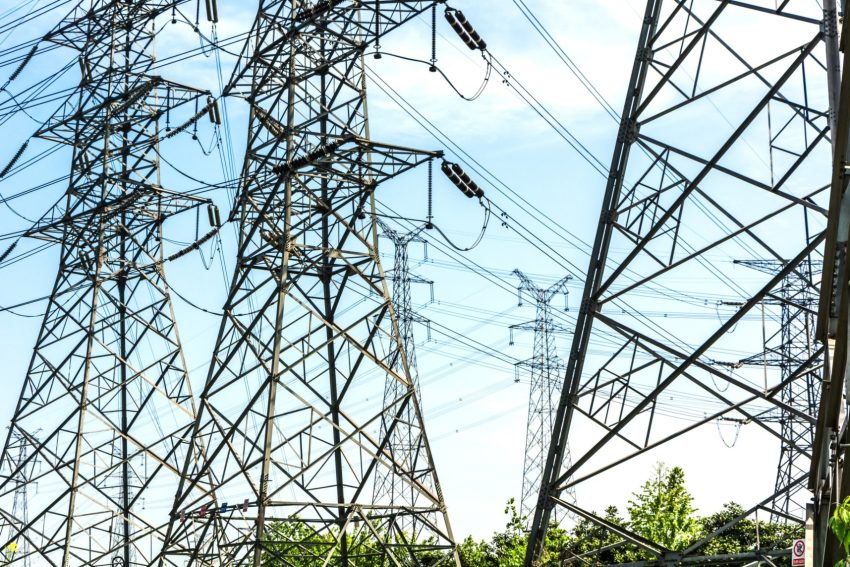Substations are essential in the provision of efficient and secure electricity to industries, businesses, and urban population. Proper substation design will guarantee the efficient distribution of power, safety, and the minimum number of downtimes. Be it the industrial zones or the city, it is important that important design principles are followed not only to make the operations efficient but also to make them reliable in the long run.
Understanding Load Requirements
The first principle of substation design is the correct evaluation of the present and upcoming load desires. The industrial regions are the regions that are highly equipped with heavy machineries and also high energy is used, and the urban regions need electricity that is always available to them in their homes, offices, and other facilities. Correct load evaluation is important to make sure that the substation is designed to sustain peak demands and can be expanded in the future without significant redesigning.
Safety and Compliance
Effective substation design is based on safety. Electrical systems should be in line with national and international standards of safety. The appropriate distance between devices, good insulation, grounding, and protective equipment will lessen the chances of short circuiting, overloading, and electrical shocks. Compliance with the rules ensures the safety of people, property and avoids legal problems as well.
Optimal Layout and Space Management
It must have a clear and systematic layout that is crucial to operational effectiveness. Substations in industrial regions can need equipment of large size and more than one feeder whereas urban substations can be limited by space. Effective substation design takes into account the location of equipment, access routes, and clearances to enable maintenance, inspection, and other emergency interventions to be undertaken without interruption. The urban compact substations should consider the functional requirements and space constraints.
Integration of Modern Technology
The modern substations capitalize on the current technology to enhance monitoring, control, and efficiency. Allowing the operators to respond quickly and prevent faults by including smart sensors, automated control systems, and real-time monitoring will enable them to identify faults early and act promptly. Technology in the industrial sector is useful in handling complex loads in power, and even the urban substations will enjoy better reliability and faster identification of problems.
Environmental and Site Considerations
The weather, temperature, humidity and seismic activity are environmental factors that are important in substation design. Equipment should be able to withstand the local conditions and layout must be taken into account taking into consideration the natural drainage, cooling and safeguarding against natural environmental hazards. The city could need the use of sound dampening, visual mitigation, and low-footprint to merge into the environment, whereas industrial districts are concerned with robustness and the safety of operation..
Reliability and Redundancy
Proper substations also introduce redundancy in order to ensure that substations operate even if there is a failure. These contain reserve feeders, alternative power circuits, and two transformers. In industrial zones, where one may lose production time due to downtime, or in the urban world, where disruption of electricity in life is a problem, reliability is a crucial factor. A carefully considered Substation Design will result in less interruption and short recovery time in cases of error.
Maintenance Accessibility
Substations need to be inspected and maintained on a regular basis to be safe. Transformers, switchgear and control panels should be easily and safely accessed due to proper design. This saves time on maintenance and makes workers safer which means that teams can carry out regular checks without disrupting operations. One of the principles that are usually stressed by firms such as Trident Techlabs is accessibility to enhance efficiency and safety.
Conclusion
An effective substation design incorporates good planning, safety, effectiveness, and technological amalgamation. Engineers can tailor substations to fit the specific needs of industrial and urban regions by knowing their load requirements, meeting them, planning their layout, using modern technologies, looking at environmental and redundancy considerations. Firms such as Trident Techlabs focus on designing tailored substation systems, which focus on the reliability of operations; safety; and the overall performance of the systems to enable businesses and communities to have the pleasure of smooth and constant supply of power.

